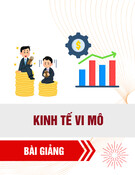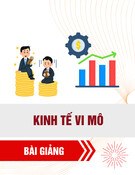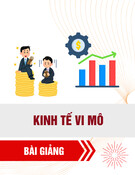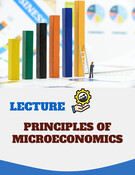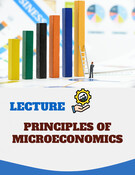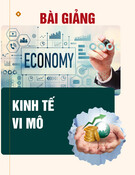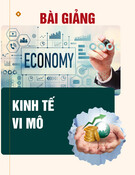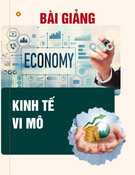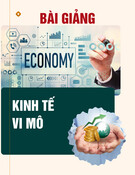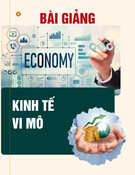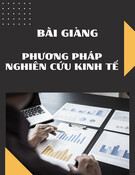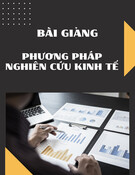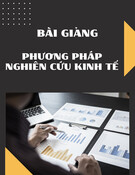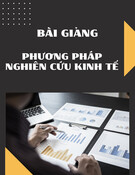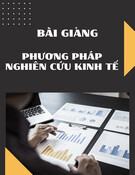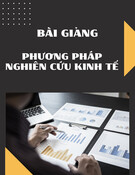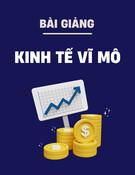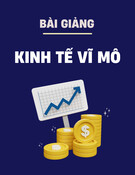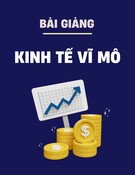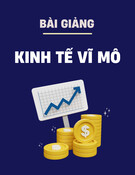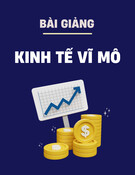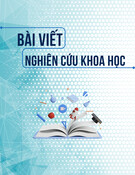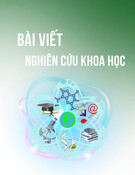
© 2013 Cengage Learning. All Rights Reserved. May not be copied, scanned, or duplicated, in whole or in part, except for use as
permitted in a license distributed with a certain product or service or otherwise on a password-protected website for classroom use.
2
Thinking Like an
Economist
Premium
PowerPoint
Slides by
Ron Cronovich
2012 UPDATE
N. Gregory Mankiw
Microeconomics
Principles of
Sixth Edition

© 2013 Cengage Learning. All Rights Reserved. May not be copied, scanned, or duplicated, in whole or in part, except for use as
permitted in a license distributed with a certain product or service or otherwise on a password-protected website for classroom use.
1
In this chapter,
look for the answers to these questions:
•What are economists’ two roles? How do they differ?
•What are models? How do economists use them?
•What are the elements of the Circular-Flow Diagram?
What concepts does the diagram illustrate?
•How is the Production Possibilities Frontier related
to opportunity cost? What other concepts does it
illustrate?
•What is the difference between microeconomics and
macroeconomics? Between positive and normative?

© 2013 Cengage Learning. All Rights Reserved. May not be copied, scanned, or duplicated, in whole or in part, except for use as
permitted in a license distributed with a certain product or service or otherwise on a password-protected website for classroom use.
2
The Economist as Scientist
▪Economists play two roles:
1. Scientists: try to explain the world
2. Policy advisors: try to improve it
▪In the first, economists employ the
scientific method,
the dispassionate development and testing of
theories about how the world works.

© 2013 Cengage Learning. All Rights Reserved. May not be copied, scanned, or duplicated, in whole or in part, except for use as
permitted in a license distributed with a certain product or service or otherwise on a password-protected website for classroom use.
3
Assumptions & Models
▪Assumptions simplify the complex world,
make it easier to understand.
▪Example: To study international trade,
assume two countries and two goods.
Unrealistic, but simple to learn and
gives useful insights about the real world.
▪Model: a highly simplified representation of
a more complicated reality.
Economists use models to study economic
issues.

© 2013 Cengage Learning. All Rights Reserved. May not be copied, scanned, or duplicated, in whole or in part, except for use as
permitted in a license distributed with a certain product or service or otherwise on a password-protected website for classroom use.
4
Some Familiar Models
A road map

